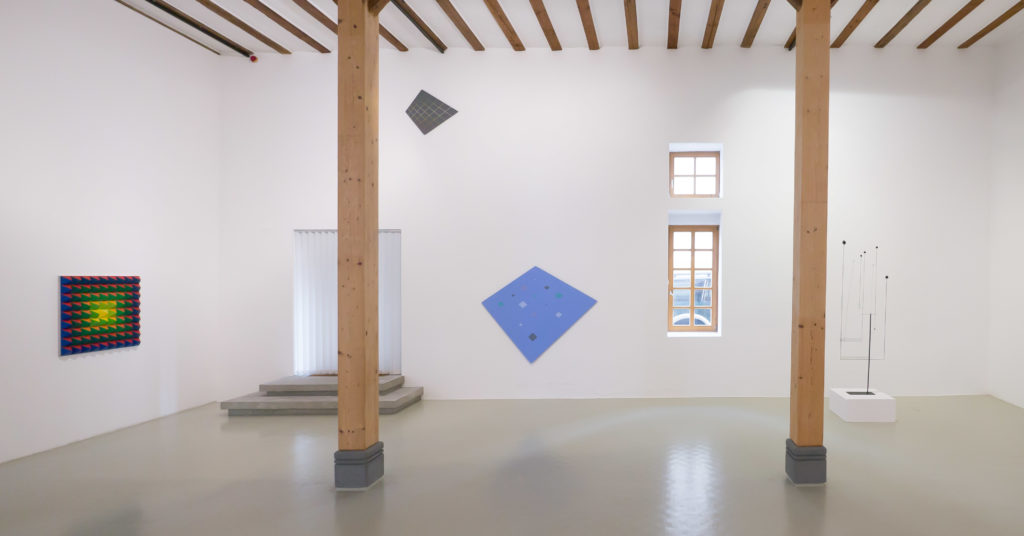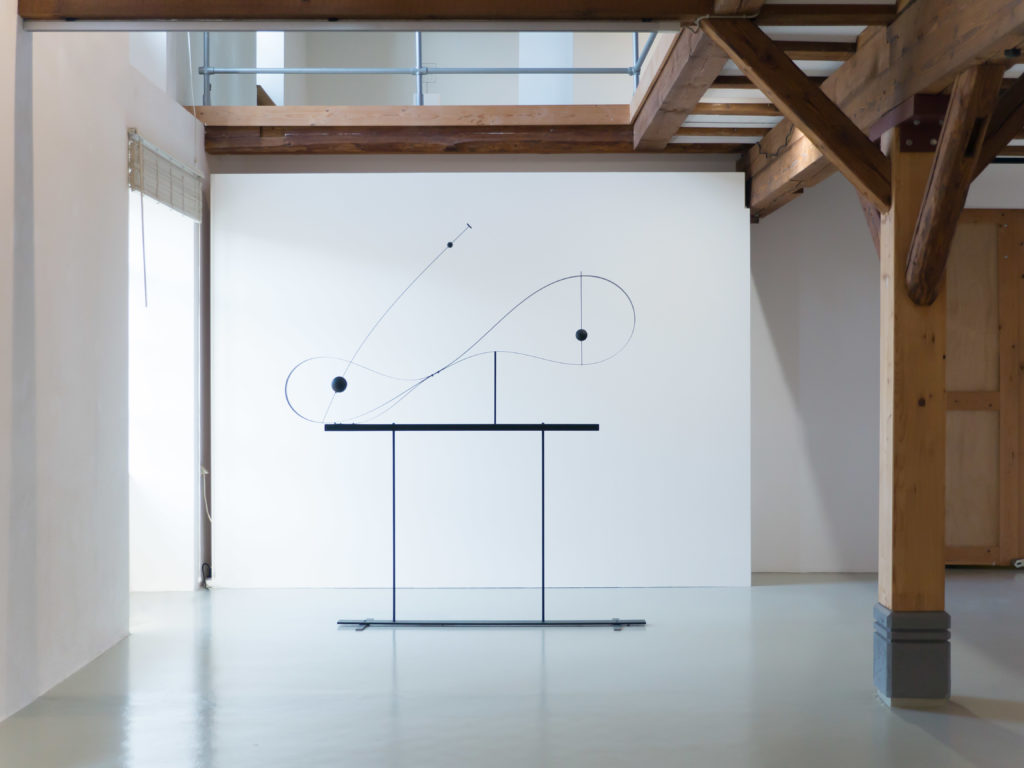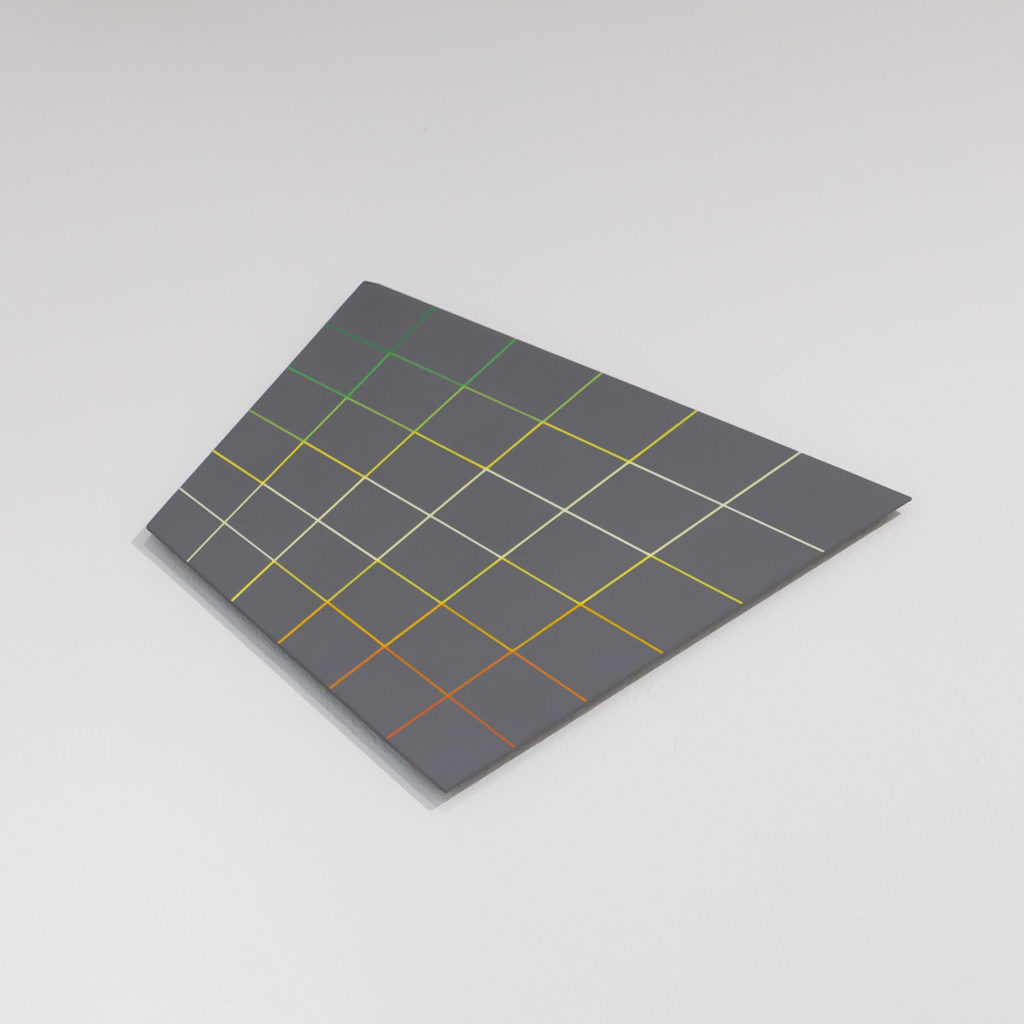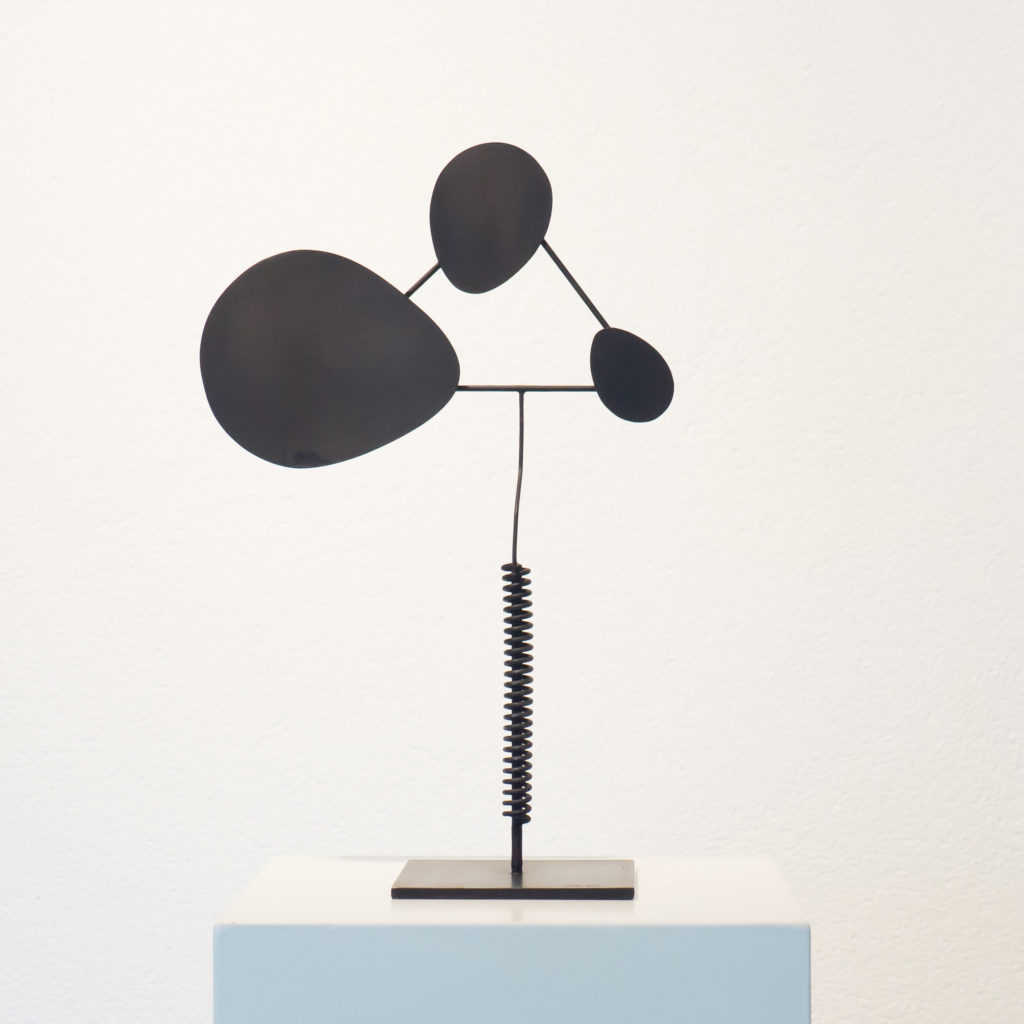Galerie Hoffmann, a Printing House-Turned-Exhibition Space, Connects Concrete Art of the Past and Present


Artnet Gallery Network

Galerie Hoffmann is unlike any other art institution in the world. Located in two 120-year-old former mills in the town of Friedberg, Germany—just outside of Frankfurt—the gallery uses its 5,800 square-feet of exhibition space to put on shows dedicated to Minimal, Concrete, and systematic artists, many of whom are lesser-known. It mounts four major exhibitions a year, all of which rigorously researched and ambitiously installed.
Take a look at the gallery’s current show, “Abstract Concrete: Hans Jörg Glattfelder + Walter Linck,” on view through March 10, 2019. It brings together years’ worth of work from two Swiss concrete artists: Hans Jörg Glattfelder, a Zurich-born sculptor and printmaker who turned 79 this year, and Walter Linck, a modernist sculptor who passed away in 1975.

Walter Linck, Vegetativ III (1958). Courtesy of Galerie Hoffmann. Photo: Hannes Siller.
Throughout Hoffmann’s sprawling space, kinetic, Calder-like sculptures by Linck rest on podiums, while Glattfelder’s geometrically-informed works, which verge on Op art, line the walls. It becomes clear that, while these two artists work in very different ways, they share an ability to create and manipulate space.
“After making successful objective sculptures for many years, Linck discovered geometrical abstraction late in life, turning toward kinetic spatial constructions,” say Adelheid Hoffmann, one of the gallery’s co-founders. “Two generations younger, Glattfelder has worked in the Constructivist field for his whole career. Lick’s sculptural work approaches drawing in space, while Glattfelder’s non-Euclidean images expand the surface into space imaginatively, without giving in to illusionism.”

Installation view of “Abstract Concrete: Hans Jörg Glattfelder + Walter Linck,” 2018. Courtesy of Galerie Hoffmann. Photo: Hannes Siller.
Galerie Hoffmann wasn’t born a gallery; it evolved from a printing house, Edition Hoffmann, which was formed in Frankfurt in 1967 by Hans Jürgen Slusallek and Adelheid Hoffmann. The press focused on making high-quality prints—serigraphs, reliefs, books, and so on—by contemporary European artists. Soon it became one of the most respected printing houses of its kind. Edition Hoffmann moved to its current location in 1974, when it began hosting exhibitions of artists, many of whom took advantage of the unusual architecture of the mill buildings by designing elaborate installations.
The institution’s printing operations are currently suspended, though its founding legacy still informs much of the Hoffmann identity, from the exhibition program to a long line of historic prints that are available for sale. Today, the organization is run by the founders’ son, Camille Hoffman, an architect with decades’ worth of printing experience, who took over when Slusallek passed away in 2005.

Hans Jörg Glattfelder, Tensorial IV (1985). Courtesy of Galerie Hoffmann. Photo: Hannes Siller.
Given its niche territory, the gallery has long faced an uphill battle in terms of maintaining attention in the quickly-shifting art world—an issue it still faces today. In the name of combating that, the gallery has expanded its repertoire, producing shows that owe a great deal to concrete art, but that are more connected to salient issues of today’s world.
“This formal change of the gallery’s program, including more diverse genres such as kinetics, light art, and engineered sculpture, is primarily a question of generation,” Ms. Hoffmann says. “Painting like Mondrian today would not be forward-looking.”

Walter Linck, Hommage a Calder (1953). Courtesy of Galerie Hoffmann. Photo: Hannes Siller.
Abstract Concrete: Hans Jörg Glattfelder + Walter Linck” is on view through March 10, 2019 at Galerie Hoffmann.